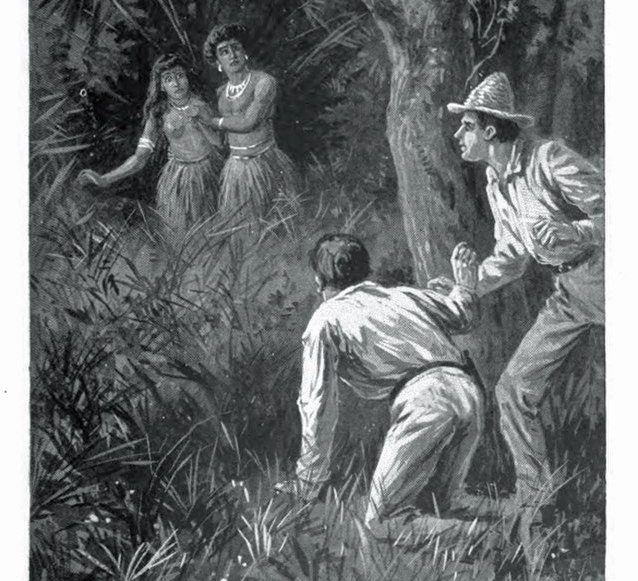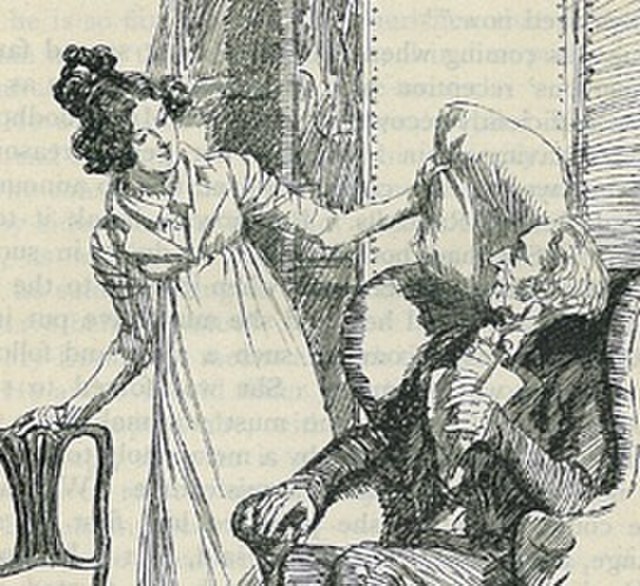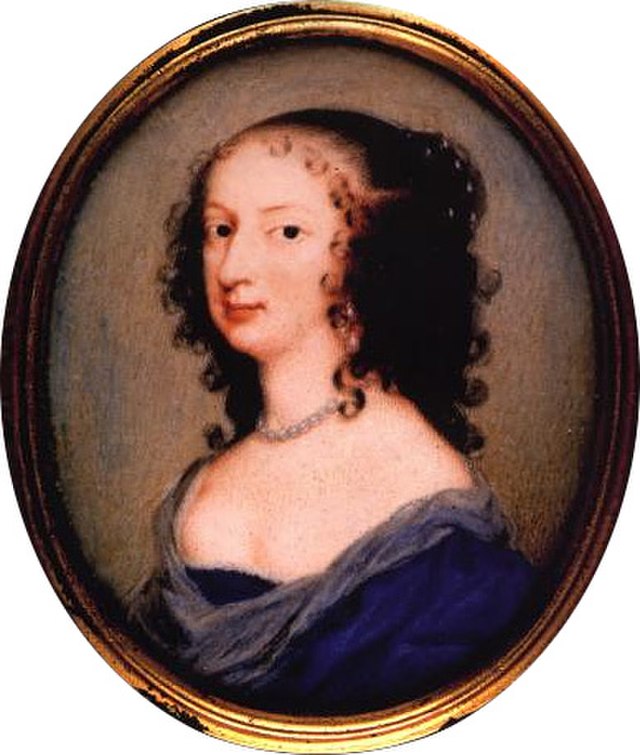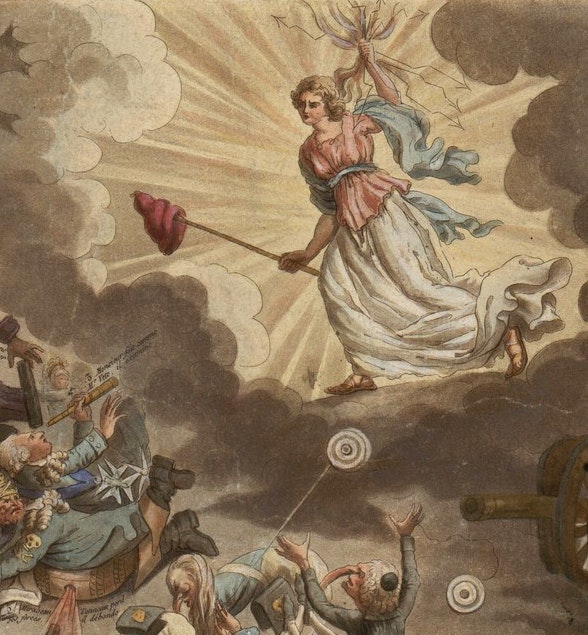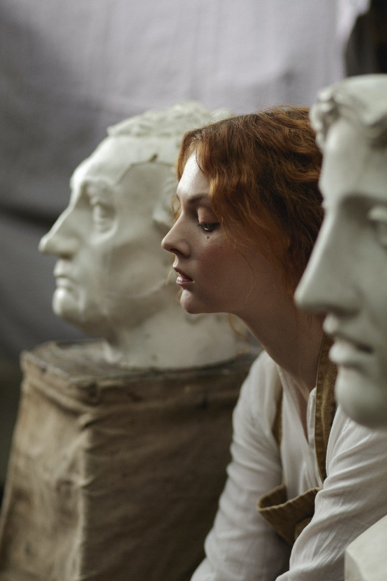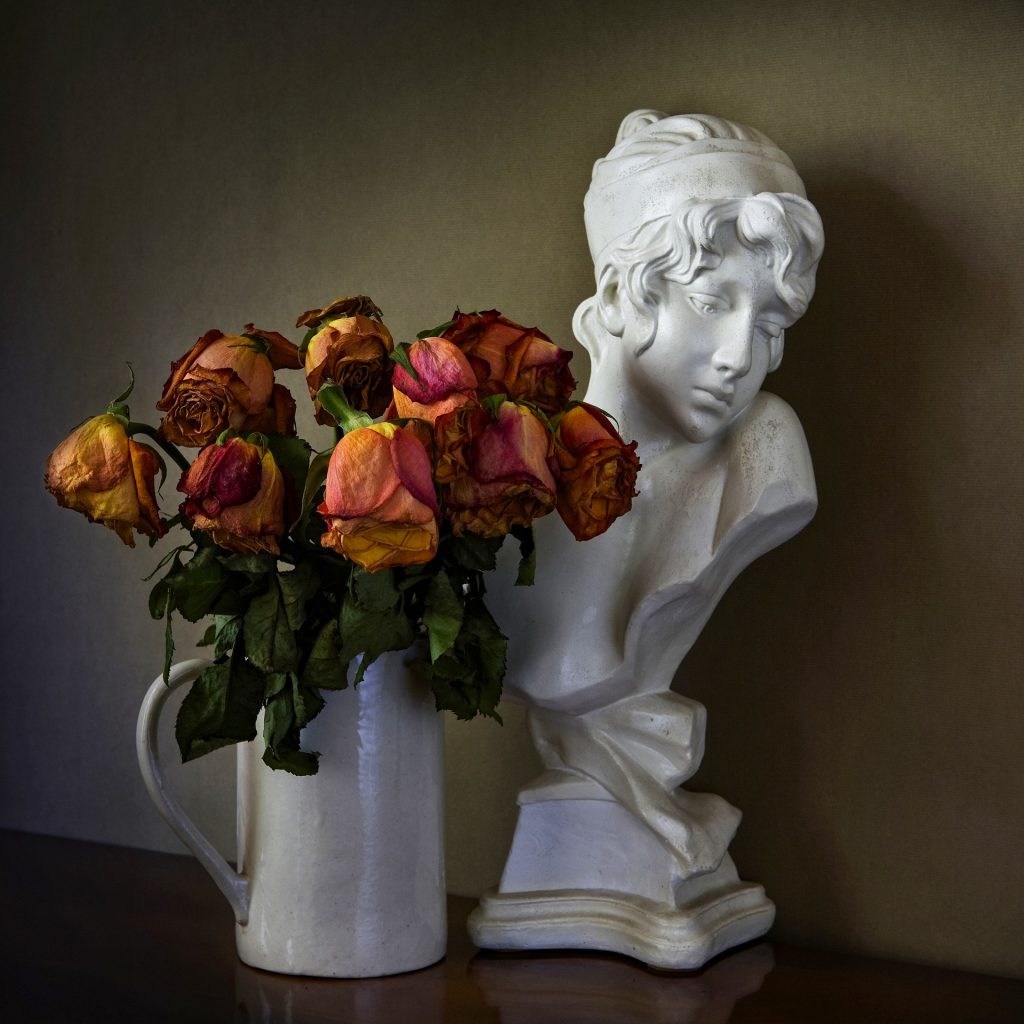
Photo via Pixabay
by Kristy Kwok
Love is complicated, and the Greek poet Sappho knew this all too well. The lyrical beauty of Sappho’s poetry, and its intensely personal depiction of love and desire, led to acclaim from many of her contemporaries. In many ways, singer-songwriter Taylor Swift is Sappho’s modern analogue. Like Sappho, Swift is an acclaimed poet whose words are intended to be set to music; also like Sappho, much of Swift’s writing revolves around feelings of love and desire. I draw this comparison not to imply that Sappho was an influence for Swift, but to examine the cultural and personal artistic influences that differentiate Swift’s representation of female sensuality from Sappho’s, despite the similar themes the two poets explore. One of these themes is that of love and desire. I do not perceive these words as being synonymous in either woman’s work, but instead as unique concepts with unique impacts. Both poets’ exploration of this theme can be divided into several smaller dichotomies—present versus past, fulfillment versus unfulfillment, romanticization versus reality—and by examining these distinctions, this paper will investigate how Sappho and Taylor Swift depict love and desire.
One attribute of desire, as opposed to love, is that both women place it firmly in the present. Desire is frequently written about in the present tense, as when Sappho tells a bridegroom that “desire is poured upon [his] lovely face” (fr. 112 tr. Carson). Her phrasing indicates that his feelings are being ‘poured on’ by an outside force, and this gives the sense of desire being so immediate, and felt so viscerally, that it is not fully under one’s own control. Swift describes something similar in a lover she has not seen in “a while”, who “can’t keep his wild eyes on the road” while driving her home (“Style”). Both of these relationships carry a sense of newness—Sappho’s newlyweds, the rekindling of Swift’s old relationship—and with that newness comes a certain lack of self-restraint. Sappho blames this on Aphrodite, declaring in another fragment that the goddess has made her so “broken with longing” (fr. 102 tr. Carson) that she cannot even work her loom. Here, desire is also very much in the present, and we are encouraged to experience the same pull of longing that Sappho does. Swift, however, has no goddess to fault for her own feelings, so she blames them instead on her lover: “So yeah, it’s a fire | It’s a goddamn blaze in the dark | And you started it” (“ivy”). These lyrics share their heated passion with Sappho’s “you burn me” (fr. 38 tr. Carson). Both poets renounce responsibility for their desire due to the pain it causes them, and accuse someone else of placing the burden of these feelings on their shoulders.
If desire is a fire that one did not light, love—portrayed frequently in the past tense—is the embers from a fire that has already burned out. We see a past love depicted in the very first fragment of If Not, Winter, where Aphrodite asks, “Whom should I persuade (now again) | to lead you back into her love?” (fr. 1 tr. Carson). The imagery in this poem evokes events that have already occured; Sappho asks Aphrodite to come if “ever before [she] caught [Sappho’s] voice far off”, and recalls that Aphrodite once “smiled in [her] deathless face”. Sappho’s love is rooted in the past in a way that desire is not. Despite this, it affects her so deeply in the present that she cries out to Aphrodite for help. This prompts Carson to describe Sappho as “stuck in the pain of ‘now’,” even while Aphrodite “calmly surveys a larger pattern of ‘again’s” (1.18n), but I see Sappho as being frozen somewhere between‘again’ and ‘now’. She inhabits a present that carries not the lucid yearning of desire but the ghostly pain from a love that is already over. In the same way, Swift writes, “Can’t breathe whenever you’re gone | Can’t turn back now, I’m haunted” (“Haunted”). The word ‘haunted’ gives the sense of a love that has already died, and yet is unnaturally prolonged through the pain it causes the survivor. As Swift writes elsewhere, “Time won’t fly, it’s like I’m paralyzed by it” (“All Too Well”). Both poets are held captive by the passage of time, which separates them from their pain but cannot fully erase it.
Another contrast between desire and love is visible in the way Swift and Sappho respond to them: in opposition to their anger at unwanted desire, they respond to lapsed love by entreating their lover to return. Just as Sappho pleads with Aphrodite to be led back to her lover, Swift begs in “Haunted”, “Come on, come on, don’t leave me like this”. As she does, the string orchestra that plays in the song’s chorus reflects the chaos and pain portrayed in the lyrics. Sappho’s listeners may have also been struck by the musical arrangement that accompanied her plaintive words. But Sappho has a certain hope that Swift is denied: in Giacomelli’s discussion of fragment 1, she suggests that “time itself . . . will enact the justice of Aphrodite on the unjust beloved” (140). That is, the woman who has so pained Sappho will “inevitably become a lover . . . and experience rejection at least once” (137). Sappho and her lover occupy clear-cut roles, defined by time, and Giacomelli argues that these roles will eventually be reversed, causing Sappho’s beloved to understand the pain of being a lover. Thus, Sappho’s ‘now’ is informed by the knowledge of a future ‘again’. Swift does not have this divine assurance, however, because the dynamics of a heterosexual relationship in our time are not defined in the same way. She describes one relationship where she was the beloved who wronged her lover: he “gave [her] roses, and [she] left them there to die” (“Back to December”). Without Aphrodite there to promise eventual justice, Swift is left to “go back to December all the time”, wishing that the lover she neglected would let her back in. In both situations, the poets inhabit a complicated intersection of past and present, informed by the pain of past love. Where desire lives, love relives, echoing through the past to resonate in the present.
This analogy of desire and love to the present and past is not always so clear-cut, however, and when the poets deviate from this theme, they illustrate another: the yearner’s obsession with satisfaction as the ultimate goal, versus the lover’s acknowledgment that this fulfilment is not certain. In one song, Swift emphasizes desire as a need to be met, but she sets the actual moment of satisfaction in the future rather than the present: “My hands are shaking from holding back from you | . . . | Only bought this dress so you could take it off” (“Dress”). The dress itself is much less important than what lies underneath, and Swift anxiously anticipates its removal so that her desire can be satisfied. Sappho writes about another girl in a dress who has similar allure, albeit in a more tongue-in-cheek manner: “[W]hat country girl seduces your wits | wearing a country dress | not knowing how to pull the cloth to her ankles?” (fr. 57 tr. Carson). Sappho seems to be almost laughing at the idea that a country girl incapable of wearing her dress properly should be seductive in any form. But as with Swift, the dress, whether worn properly or not, is unimportant; whoever Sappho is speaking to has clearly been entranced regardless. Like Swift, Sappho depicts desire as a kind of hunger that will overcome any obstacle, be it fabric or faux pas, to achieve satisfaction.
The same cannot be said of love, for unlike desire, it recognizes that fulfillment is not certain. Love is the marathon being run while the end is not yet in sight. Sappho illustrates this in her discussion of the story of Helen, who had “not . . . a thought” (fr. 16 tr. Carson) for her family when she left them to follow her beloved Paris. This may seem incongruous with Sappho’s statement in the same fragment that the most beautiful thing is what one loves, but Pfeijffer offers a sensible interpretation:
For the fact that Helen chose to follow Paris with the consequence of war gives rise to the idea that she followed him in spite of the consequence of war. This makes Helen not only an example of someone who took the person she loved for the most beautiful thing on earth; she also becomes an example of someone giving a higher priority to the object of her love than to possible belligerent effects of her preference. (Pfeijffer 4)
In other words, Helen found Paris so beautiful that she was willing to abandon everything else for him. It is unusual that Sappho would frame this as a choice on Helen’s part. Herodotus, among others, describes how “Alexandros son of Priam . . . abducted Helen” (The Landmark Herodotus: The Histories4 tr. Purvis); Sappho, however, depicts events in the more romantic light of Helen knowing the risks she was taking and going with Paris simply because she loved him. Those risks are made clear to us as readers through the phrasing of Sappho’s war imagery, which “is reminiscent of a Homeric formula” and thus “steers us to think of the Trojan War” (Pfeijffer 2). By bringing the results of this war to her readers’ mind, Sappho emphasizes the gravity of Helen’s decision. She was willing to risk everything for her love, and promised herself to Paris despite their future being unpromised.
Swift writes about a similar situation in which she and her lover are portrayed as criminals escaping a crime scene: “Well, he was running after us | I was screaming ‘go, go, go’ | . . . | You were driving the getaway car | We were flying, but we’d never get far” (“Getaway Car”). Like Sappho’s Helen, Swift is escaping with her lover, and their stories have similarly unfortunate endings. At the end of the song, Swift reveals herself to be a traitor who “switched to the other side” and “left [him] in [a] motel bar”. For Swift, love is also a promise made in the face of uncertainty, but this uncertainty is owed to her own traitorous tendencies. She made her decision knowing that she would not face the fallout. Perhaps Helen weighed the risks and came to the same conclusion, for Swift and Helen are the ones left standing after their lovers have been betrayed and killed, respectively. The love that ultimately prevails in “Getaway Car”is Swift’s love for herself. She reminds her lover that he “[s]hould’ve known [she’d] be the first to leave,” because of “the place where [he] first met [her],” which is presumably the metaphorical crime scene where Swift was looking out for herself before she ever met him. In both this story and Helen’s, the poets portray women that could be seen as victims of love as instead having full agency over it, with the ability to make their own choices despite the very real possibility of disaster.
Sometimes, however, love is able to overcome these risks, and the poets acknowledge happier endings in other poems. When writing about her own love, rather than Helen’s, Sappho includes the simple promise to her lover that she “shall love | ] as long as there is in [her]” (fr. 88A tr. Carson). As with almost all of Sappho’s writing, it is hard for us to know what she meant because so much of the context is missing, but I see something of a declaration in these lines. Sappho acknowledges her own limits, while still declaring that she will commit to her lover. Swift similarly writes, “Swear to be over-dramatic and true to my | Lover | . . . | And at every table, I’ll save you a seat” (“Lover”). In lieu of grand vows, this song sees her simply promising to make room for her partner in her life. These lines are phrased very differently from the poets’ dramatic depictions of desire, as well as the life-changing, unpredictable love they have written about elsewhere. Thus we see the difference between love in the past and the future, as the poets think back to broken commitments and look ahead to those that have yet to be made.
It makes sense, then, that love also has more to do with reality, whereas desire leans towards romanticization. Love discerns more clearly because it is less obsessed with the here and now. We see this when Sappho writes, “I loved you, Atthis, once long ago | a little child you seemed to me and graceless” (fr. 49 tr. Carson). The dreamy veneer of desire is wholly absent, replaced by a ‘gracelessness’ that was evident even when Sappho loved Atthis in the past. By keeping her description of Atthis in the past tense—‘seemed’ as opposed to ‘seems’—Sappho implies that she, in the past, saw Atthis’ imperfections and loved her in spite of them. Swift writes about a childhood relationship with a similar nostalgic fondness: “And though I can’t recall your face | I still got love for you” (“seven”). References to the other person’s “braids” and “dolls” make it clear that this is about another young woman, but phrases such as “[hiding] in the closet” and “cross your heart, won’t tell no other” lend themselves to a specifically queer interpretation of the song, in which it becomes a story about two young women who shared a sweet, secret love during their childhoods.
In fact, viewing “seven” through a queer lens illustrates a key cultural difference in the way we engage with Swift and Sappho’s portrayals of love. We know much more about twenty-first-century America’s view of homosexuality than we do about sixth-century Lesbos’; Sappho’s surviving poetry, which moves easily between her feelings about men and women, does not include the secrecy or fear of reprisal that I see in “seven”. Nor do Sappho’s fragments clarify whether her adoration of other women was a daring rebellion against gender roles or if her society had a more neutral, or even positive, attitude toward said feelings. Swift’s discography is more explicit about her own culture: in New York, “you can want who you want | Boys and boys and girls and girls” (“Welcome To New York”), but Swift also has to tell homophobes to “calm down” because “shade never made anybody less gay” (“You Need To Calm Down”). Although Swift is by no means a historian, or even necessarily a member of the queer community herself, these lyrics still capture some of the cultural perspective we do not have in Sappho’s fragments—particularly the homophobia that causes the secrecy necessary in my reading of “seven”. We do not know if Sappho and Atthis could have had a future together, but we know that Swift’s protagonists, due to the society they inhabit, could not.
This awareness infuses “seven”, and the love it depicts, with a groundedness in reality. Rather than treating her past self as a naive child, Swift asks to be consciously associated with her: “Please picture me | In the weeds | Before I learned civility”, she writes. This framing of civility as something to be learned suggests its artificiality, as if Swift was more authentic before she learned civility—and, perhaps, compulsive heteronormativity. The younger version of Swift, “high in the sky | With Pennsylvania under [her]”, is the one who saw clearly, leaving the older Swift to ask if there are “still beautiful things”, or if they were lost along with Swift’s childhood. Thus, the subject of “seven” represents the unvarnished candor of love as much as Atthis does. For Sappho, it is outward truth about Atthis, but for Swift, it is inward truth about herself.
We can contrast the honest perspective of love with the more sentimental view of desire. In one fragment, Sappho is fully absorbed by her lover’s outward appearance, writing, “[T]o yellowhaired Helen I liken you | ] ] among mortal women, know this | ]from every care | ]you could release me” (fr. 23 tr. Carson). Sappho holds her partner as being somehow superior to all mortal women; her only equal is the extraordinary Helen. This is an impossible standard to meet, but Sappho, caught up in this woman’s beauty, does not notice. Swift has more mixed feelings about the person she idolizes: “I don’t like that anyone would die to feel your touch | Everybody wants you” (“gold rush”). Just as we saw Sappho reminding her readers of the Trojan War that was fought over Helen, Swift similarly describes the fierce competition engendered by her own lover. She admits, however, that her glamorization conveys only partial truth by repeatedly saying “it could never be” after daydreaming about her partner. Swift is self-aware enough to dislike the “double vision in rose blush” of her romanticized perspective, but like Sappho, she is too entranced by her lover to let go of it.
The poets’ different methods of establishing their lovers’ beauty also show the different ways they connect to their audiences. Sappho draws on her listeners’ shared knowledge of Helen of Troy, trusting them to understand the significance of the comparison; Swift’s modern-day mythos instead takes the form of an “Eagles T-shirt hanging from the door” (“gold rush”). Though this sounds like a reference to the seventies rock band The Eagles, Swift liked a Tweet by a fan (@TJack94) who posited that this line is actually about the Philadelphia Eagles, the football team of Swift’s hometown. In contrast to the widely known mythological figure chosen by Sappho, Swift picks a less-known one that is much more personal to her. She explicitly centers herself in these lyrics in a way that Sappho does not.
Swift is still drawing on widespread cultural knowledge, though—the T-shirt on the door clearly indicates to the twenty-first-century listener that Swift spent the night in her lover’s room—and it is this combination of general knowledge and personal description that makes both poets’ writing so relatable. This appears to be the case even when listeners lack the experience that would allow to them directly relate to Swift’s songs in particular. According to Chittenden, Swift’s younger fans, listening to songs about desires and loves they have presumably never experienced, are able to handle the “‘firsts’ (boyfriend, car, job, leaving home) which are deemed to trigger nostalgic episodes in adulthood” by “substitut[ing] their own missing past with Swift’s”. That is, they experience a sort of “nostalgia in reverse”, which gives them a way to acknowledge and deal with their experiences. This is another way that Swift connects with her audience. She and Sappho may have set out to only explore their own feelings in their art, but in expressing them, they are also giving voice to the feelings of thousands of other women—even those who have yet to experience love and desire for themselves.
The gift of poetry is its ability to feel both intensely personal and universally relatable, and through the exploration of several smaller contrasts—‘now’ versus ‘then’, satisfaction versus dissatisfaction, sentimentality versus sensibility—Sappho and Taylor Swift illuminate, for a global audience, the subtle but vital difference between their experiences of desire and love. Their wide-reaching relatability does not make Swift and Sappho easier to understand, however; in some ways, it does the opposite. Carson writes that fragment 31 is about the “geometrical figure formed by [Sappho, the woman, and the man’s] perception of one another” (Eros the Bittersweet 13), and even in this essay there is distance: another geometrical figure is formed between Carson, Sappho, Taylor Swift, and me. By studying Swift and Sappho together, I have attempted to navigate this distance by discovering what two poets’ discussion of the same themes can tell us about the cultural and personal contexts that make their art so compelling. Though separated by thousands of years, some of those contexts are strikingly similar. Both women display remarkable agency as they examine the undervalued world of female love and desire; both women, as Swift says in “Fearless (Taylor’s Version)”, invite us to dive into this world with them “head first, fearless”.
Works Cited
Carson, Anne. Eros the Bittersweet. Princeton University Press. 1986.
Chittenden, Tara. “In My Rearview Mirror.” Journal of Children and Media, vol. 7, no. 2, 2013, pp. 186-200, https://doi.org/10.1080/17482798.2012.673500, doi:10.1080/17482798.2012.673500.
Giacomelli, Anne. “The Justice of Aphrodite in Sappho Fr. 1.” Transactions of the American Philological Association, vol. 110, 1980, pp. 135–142. JSTOR, www.jstor.org/stable/284214.
Herodotus. “Book One.” The Landmark Herodotus: The Histories. Edited by Robert B. Strassler. Translated by Andrea L. Purvis. Anchor Books, 2009.
Pfeijffer, Ilja Leonard. “Shifting Helen: An Interpretation of Sappho, Fragment 16 (Voigt).” The Classical Quarterly, vol. 50, no. 1, 2000, pp. 1–6. JSTOR, www.jstor.org/stable/1558930.
Sappho.If Not, Winter: Fragments of Sappho. Translated by Anne Carson, Random House, 2002.
Taylor Swift. “All Too Well.” Red, Big Machine Records, 2012. CD.
Taylor Swift. “Back to December.” Speak Now, Big Machine Records, 2010. CD.
Taylor Swift. “Dress.” reputation, Big Machine Records, 2017. CD.
Taylor Swift. “False God.” Lover (Target Exclusive Deluxe Version 1 CD), Republic Records, 2019. CD.
Taylor Swift. “Fearless (Taylor’s Version).” Fearless (Taylor’s Version), Republic Records, 2021. Spotify, https://open.spotify.com/track/77sMIMlNaSURUAXq5coCxE?si=gtquvUYPTtm7UJhlLhvSgg.
Taylor Swift. “Getaway Car.” reputation, Big Machine Records, 2017. CD.
Taylor Swift. “gold rush.” evermore,Republic Records, 2020. Spotify, https://open.spotify.com/track/5BK0uqwY9DNfZ630STAEaq?si=kV3hG5M6RsueVZbzP83taQ.
Taylor Swift. “Haunted.” Speak Now, Big Machine Records, 2010. CD.
Taylor Swift. “ivy.” evermore, Republic Records, 2020. Spotify, https://open.spotify.com/track/5BK0uqwY9DNfZ630STAEaq?si=LHvcLUIEQd6aLm3_tZZsSA.
Taylor Swift. “Lover.” Lover (Target Exclusive Deluxe Version 1 CD), Republic Records, 2019. CD.
Taylor Swift. “seven.” folklore,Republic Records, 2020. Spotify, https://open.spotify.com/track/6KJqZcs9XDgVck7Lg9QOTC?si=7jmoFAz1QpO7oMksc-BaXA.
Taylor Swift. “Style.” 1989, Big Machine Records, 2014. CD.
Taylor Swift. “Welcome to New York.”1989, Big Machine Records, 2014. CD.
Taylor Swift. “Wildest Dreams.” 1989, Big Machine Records, 2014. CD.
Taylor Swift. “You Need To Calm Down.” Lover (Target Exclusive Deluxe Version 1 CD), Republic Records, 2019. CD.
@TJack94. “It’s officially canon #evermorealbum.” Twitter, 10 Dec. 2020, 9:26 p.m., https://twitter.com/TJack94/status/1337267509192515585?s=20. Accessed 11 Jun. 2021.
